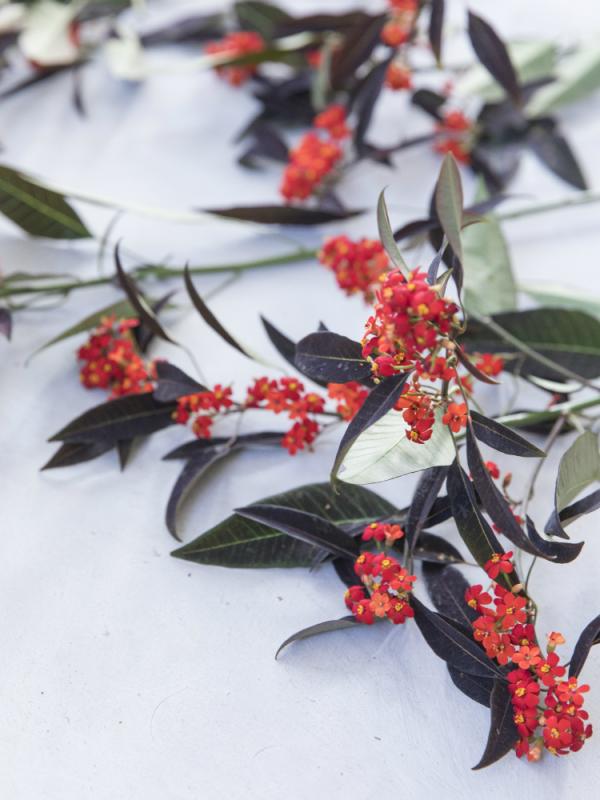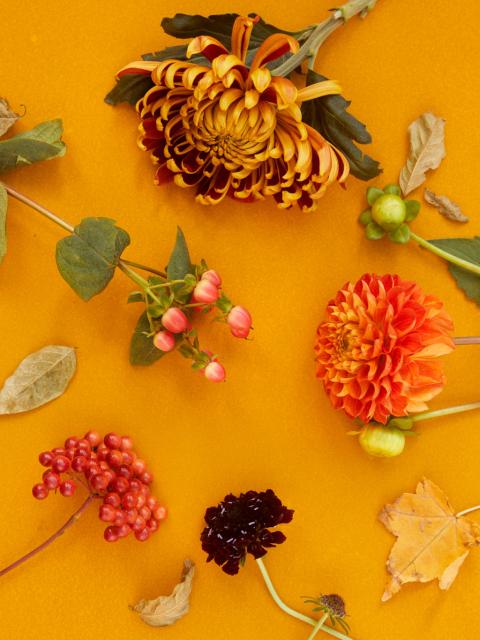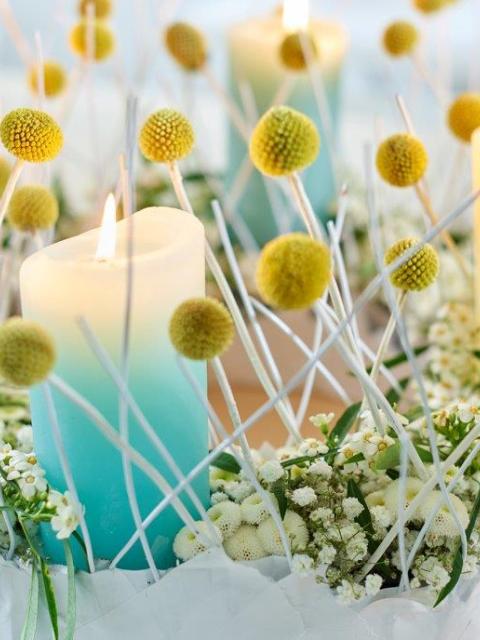Colours and shapes
It’s not just the sap that makes the flower very special, but also the pseudo-flower surrounded by the bracts. You place this in a vase to fully revel in it. It’s known for this distinctive form of flowering. You can choose from various colours: yellow, orange, red and white.
Symbolism
Spurge does not have any real symbolism, but there are various stories told about it. Hence people the past were afraid that witches could get into their home through cracks. To drive them away, people drank spurge and rubbed it on children’s chests. Obviously you should never do this yourself.
Origin
The common name ‘spurge’ is derived from ‘purge’, and refers to the fact that people used to use the sap that exudes from the stems as a purgative (a laxative). The name Euphorbia is derived from Euphorbos, who was the physician of the Mauritanian king Juna II. This is probably also linked to the cleansing effect of some species.







